Kamakhya is a powerful Goddess- probably the only one celebrating the female ability to produce offspring. This is the menstruating Goddess and the phenomena of menstruation, pregnancy and childbirth are worshipped here.
The place of worship is ancient, believed to have been found at the site where the Mother Goddess's womb fell from the sky.
Anyway, while the temple experience was a bit disappointing (am not sure if I should go to see any further famous temples in the North... they all have a single formula: go, buy a massive basket of junk which are apparently essentials to enter a temple, get accosted by a priest, go do a bunch of things they tell you to do and come back with the same basket of junk that you had taken inside in the first place, but now apparently blessed). What is the true miracle is that some temples, even in the face of this blatant money-mindedness automated herding through random corridors, still retain a feeling of deep spirituality. Many other temples, however, become just the backdrop to this empty and heartless monetary machine.
What made the Kamakhya experience bearable, in my mind, is the nearby Kali temple and its forest grove.
B and I saw a solid waste management plant and in our new avatars as people deeply interested in waste in all its forms, decided to go and see what it was.
 |
| This is the unassuming entrance to the most magical secret grove! |
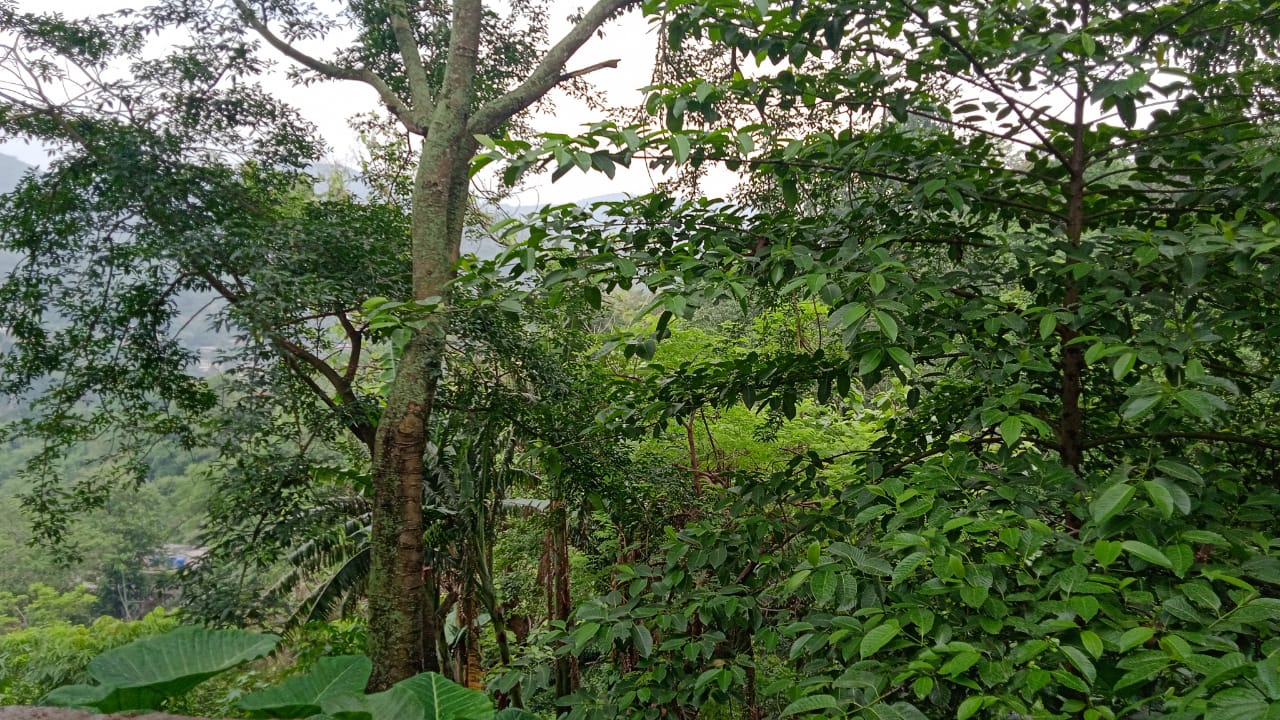 |
| Many birds! Right at eye level! Very happy!! |
 |
| Pretty little village road. Image courtesy: Bidipta Roy |
Birds seen:
a) Flamebacked woodpecker.... for the first time in my life, I saw it fly... and realized it's quite a small bird! It's wing feathers are a shape that is quite unique- separate, a bit like fingers.
 |
| From Wiki media commons |
b) White breasted Kingfishers- a family of five!
c) Blue throated barbet
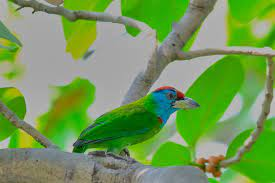 |
| Just look at those colors! From Wiki commons |
d) A pair of Oriental magpie robins: these are pretty common birds in and around Bangalore. But this is the first time I saw a female one at very close quarters.
A few years ago, I had spent hours and hours hunting online to try to identify a bird that I had seen. It took me a long time to realize that it was the female cuckoo! Thankfully, this time, it didn't take me quite as long to think of this little lady as the female member of a known bird species, instead of a totally new species of bird :)
So, am feeling rather happy about my growth as a birdwatcher.
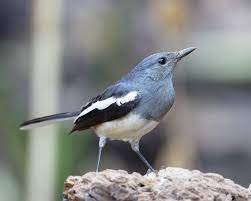 |
| From Wiki commons |
e) Perhaps it is only my imagination, but I feel that the crows of Guwahati are smaller than those in the South. Not sure if there are species differences- I am unable to make out even after using the field guide.
Tried returning to Kamakhya that evening for more birdwatching, but alas, the traffic of Guwahati conspired against us. We were stuck in traffic for more than an hour and ran out of time.
 |
| Struggling to identify the birds I see- they all look like egrets... but are they? |
 |
| PK thinking deep thoughts while gazing into the horizon |
 |
| Hello Mr. Drongo... or Brongo, as Durga would call you! |
 |
| This one walked all the way from Kaziranga! |
 |
| Birds that can be seen at DB |
Caught sight of at least three different myna family species: the common myna, the collared myna and the pied starling:

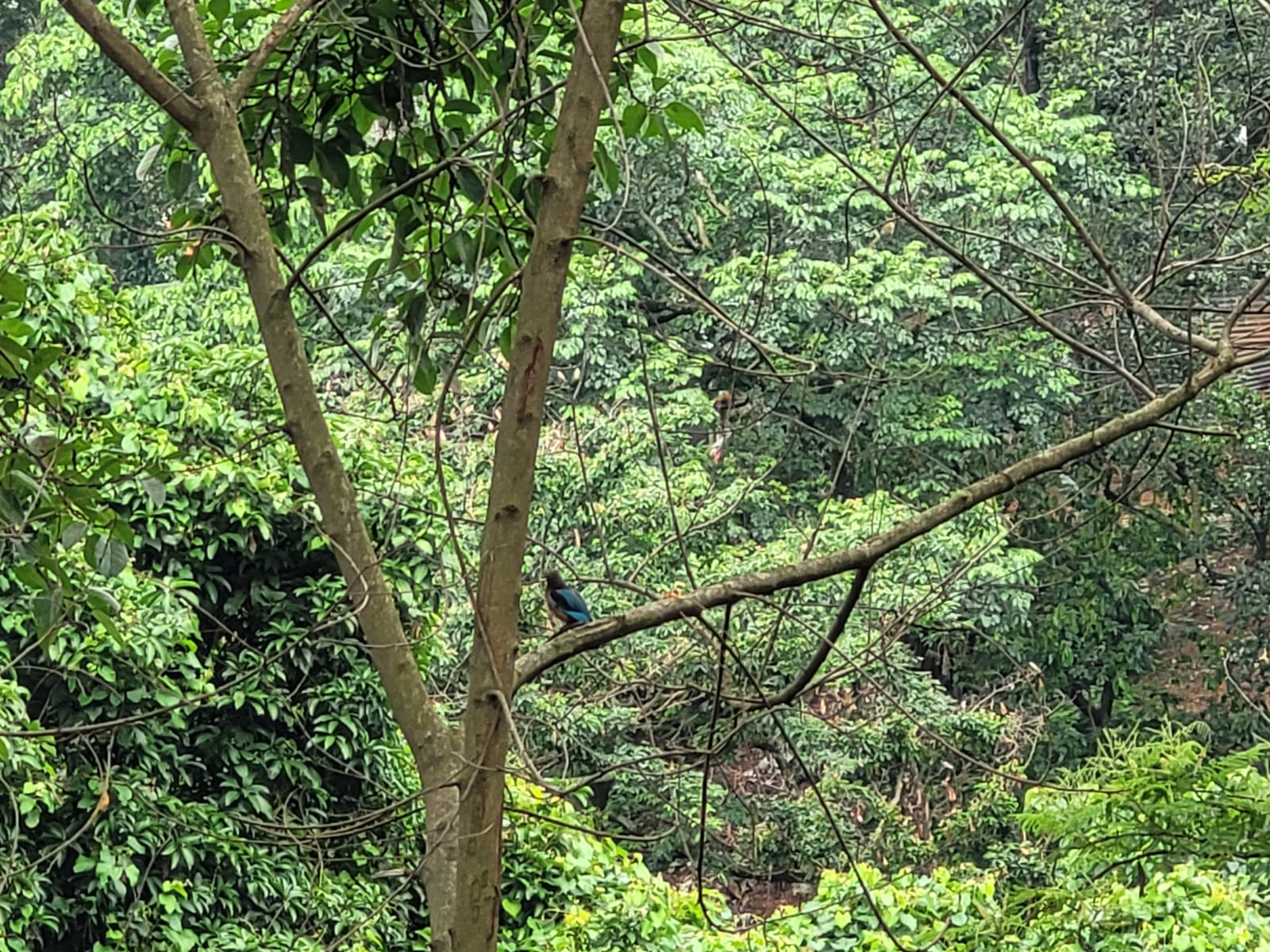

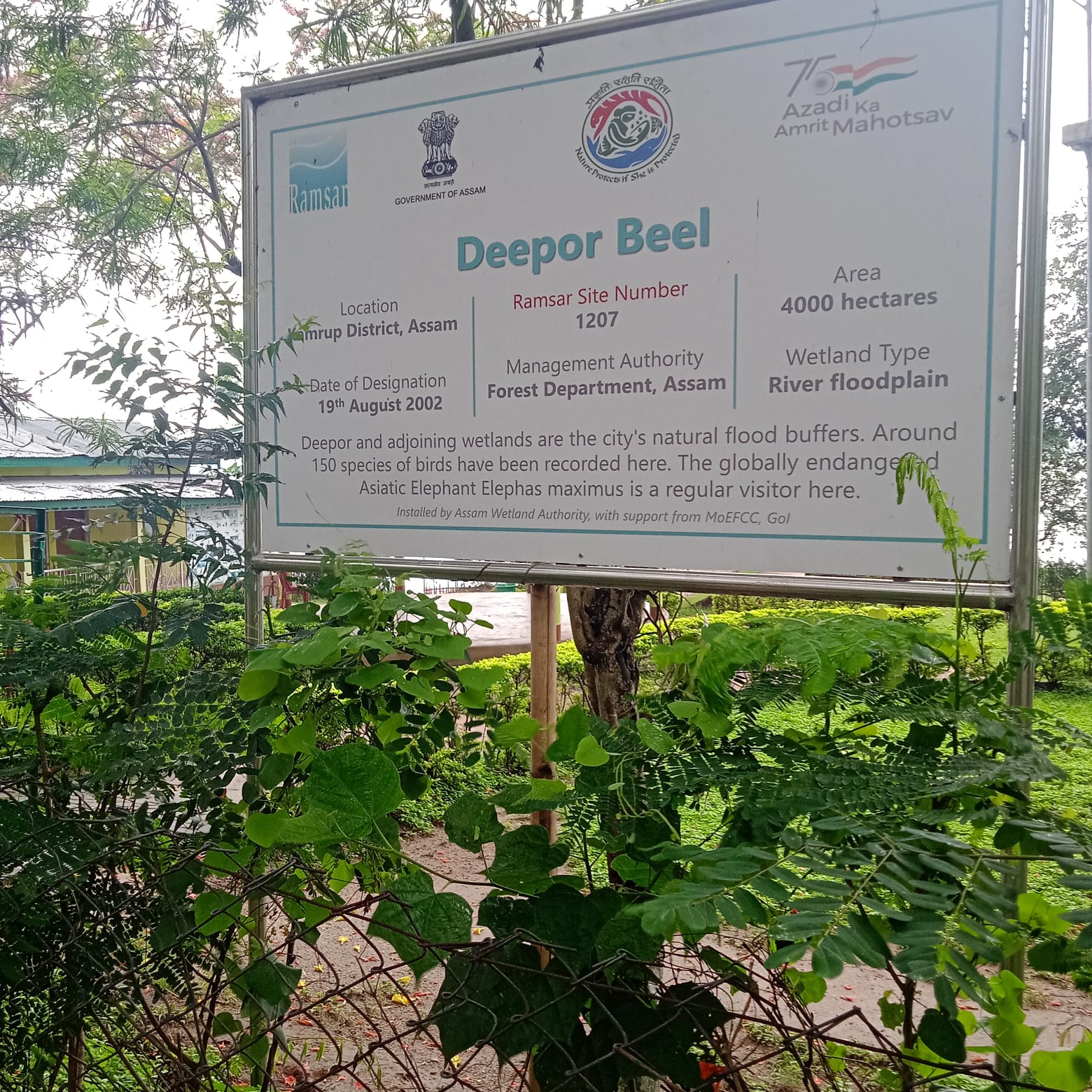




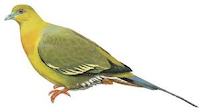

No comments:
Post a Comment